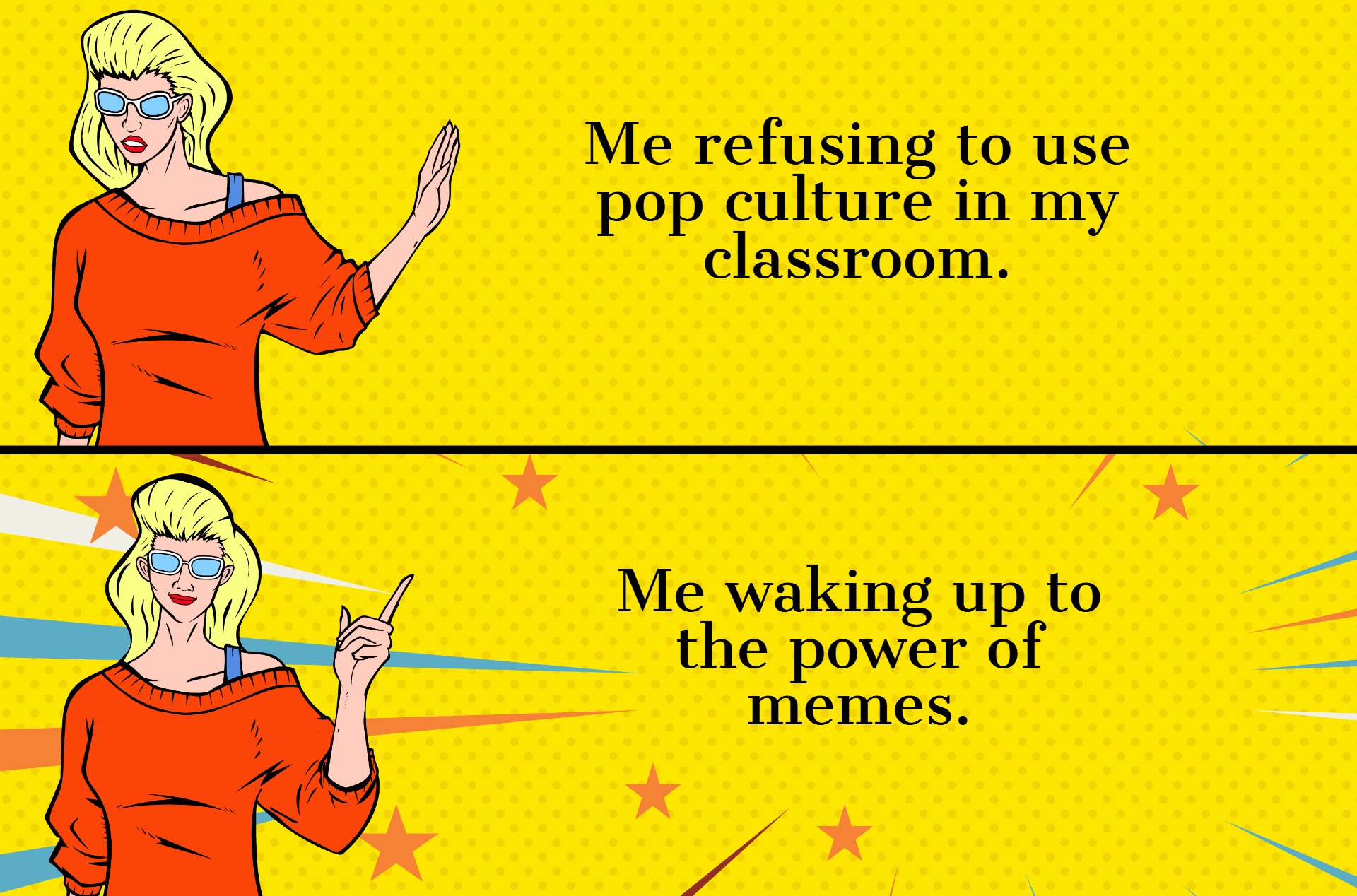The future of Canadian ‘edugration’: A closer look at Saskatchewan
With the recent international student cap imposed by the federal government, the Prairie province will now be competing for a smaller potential pool of international students.

Internationalization in higher education is attracting millions of students to pursue studies overseas and is projected to generate half of a trillion U.S. dollars by 2030. In the last decade, Canada significantly increased its share of this very lucrative commodity, recording a 400 per cent increase in the number of study permit holders (Canada International Students Statistics, 2023). In 2020, international students represented 24 per cent of Canada’s postsecondary education population, contributing over $20 billion to Canada’s GDP. Historically, international students sought quality university credentials primarily in English-speaking countries and then returned to their homelands to enjoy professional careers. An increasing number of international students, however, are now coming to study in Canada with a view to working and achieving Canadian citizenship post-graduation. The term “edugration,” a combination of education and immigration, describes that phenomenon.
Despite the obvious benefits of increased numbers of international students studying at Canadian postsecondary institutions, it is not without challenges. In many Canadian communities for example, the presence of significant numbers of international students exacerbates the availability and affordability of accommodation. There are concerns about the potential for institutions to exploit international students, charging exorbitant tuition for programs of dubious quality. Furthermore, the transition of international students into the Canadian workforce post-graduation is far from seamless, with multiple challenges, including long periods of unemployment or underemployment, being reported by many.
Canada’s federal government earlier this year announced a cap on international student enrollment (a 35 per cent reduction from 2023 numbers), to better manage the distribution of incoming international students nationally, and to ensure improved oversight of academic programs catering primarily to international students. While all postsecondary leaders across the country are watching these developments with great interest, the implications for the postsecondary sector in Saskatchewan are especially significant.
Saskatchewan ranks third from last among Canadian provinces in attracting international students to its postsecondary institutions, and yet arguably needs those students more than most to maintain enrolments, given the shrinking university-age demographic within the province’s domestic population. The province also struggles to retain international students once they graduate, mirroring a long-term trend of outmigration or “brain drain” from the province, with obvious negative implications for provincial economic development. Additionally, and perhaps most significantly, the fact that close to 20 per cent of the Saskatchewan population is Indigenous creates a unique demographic dynamic in Canada. Inequitable Indigenous outcomes from K-12 education means that Saskatchewan’s postsecondary institutions have a much smaller pool of qualified candidates to recruit from; and the same dynamic poses significant challenges to ensuring an appropriately qualified provincial workforce.
Implications of the cap for Saskatchewan?
Since its inception in 1998, the Saskatchewan Provincial Nominee Program (PNP) has been “cap-less” and yet selections by international students to the province are among the worst. The cap on international student enrolments offer no guarantee that increased numbers will be directed to Saskatchewan or that the PNP allocations of nomination slots will increase, or that international student workforce integration be enhanced. So who or what entities will coax international students to Saskatchewan?
Notedly, Saskatchewan received a mere 10 per cent increase (15,054) over last years total of potential study permits holders. Notwithstanding, it seems logical to assume that, regardless of the details, Saskatchewan will be competing for a smaller potential pool of international students going forward. In this more competitive environment, the province’s postsecondary institutions will be challenged to “up their game” by embracing the new imperatives of “edugration.” Preliminary insights from our own research suggests that such innovations must include more robust academic, material and financial supports for international students; greater opportunities within academic programs for experiential learning, internships and work placements to gain the “Canadian work experience,” so valued by employers; closer collaboration between provincial/municipal governments and institutions to ensure that adequate and appropriate services, especially housing, are available for international students; and much closer cooperation between governments, postsecondary institutions, alumni, professional bodies and employers, both to facilitate a smoother transition of international students into the local workforce upon graduation and to enable a less complicated path to citizenship for those wishing to remain in the province.
If such promises are made and kept, Saskatchewan can reap the benefits of internationalization and maximize the contributions of these skilled graduates to the province’s economy and society. Importantly also, many of these innovations can significantly enhance the quality of academic programming and career preparation for Indigenous and other students, ensuring that the benefits of internationalization are broadly distributed.
This column is coordinated through the Internationalization of Student Affairs Community of Practice of the Canadian Association of College & University Student Services (CACUSS). For comments or questions please contact in***********@ca****.ca.
Featured Jobs
- Veterinary Medicine - Faculty Position (Large Animal Internal Medicine) University of Saskatchewan
- Canada Excellence Research Chair in Computational Social Science, AI, and Democracy (Associate or Full Professor)McGill University
- Business – Lecturer or Assistant Professor, 2-year term (Strategic Management) McMaster University
- Canada Excellence Research Chair in Forest Biodiversity Conservation (Full Professor)University of New Brunswick
- Psychology - Assistant Professor (Speech-Language Pathology)University of Victoria













Post a comment
University Affairs moderates all comments according to the following guidelines. If approved, comments generally appear within one business day. We may republish particularly insightful remarks in our print edition or elsewhere.
1 Comments
Good insightful article which shows the effect of policies but also shines a light on one aspect of how society is shaped.
Thank you Lecia Ellis and Michael Cottrell.